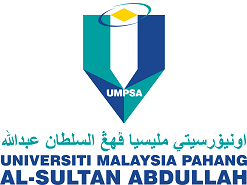A REVIEW OF BOILER OPERATIONAL RISKS IN EMPTY FRUIT BUNCH FIRED BIOPOWER PLANT
DOI:
https://doi.org/10.15282/jceib.v5i2.3624Keywords:
Biopower boiler, Risk analysis, Biopower plant, Risk factorsAbstract
Growing popularity of biomass power generation process is connected to its label of green and cheap renewable energy. As the second-largest producer of crude palm oil, Malaysia has abundance of biomass residues from palm oil industries and other renewable organic matters which can be converted to bio-chemicals to generate electricity. However, despite institutional arrangements, policy frameworks, funding mechanisms and incentives to support the growth of the biomass industry, there are several risks which may prone to reduce efficiency of biopower boiler especially empty fruit bunch as the fuels that cannot be ignored. Boiler is one of the primary equipment of power generation plants, in a significant role in converting biofuel to electricity. With increasing numbers of potentials of biomass as raw materials for renewable energy uses, new risks may be found. Yet there has been very little research into these risks and how to prevent them. Lack of understanding of modern risk identification methods, such as HAZOP, with the biopower industry is one of the reasons for the industry’s slow growth. An industry evolves through life cycle stages and at each stage presents risk factors such as overheating, oxygen corrosion and clinker. This paper identifies several key risks associated with EFB fired biopower boiler in Malaysia. The overview of risks not only provide a perspective from which an industry’s viability can be evaluated but also help the operators to better understand key risks and improve boiler capacity as well as plan their risk mitigation strategies more effectively.



